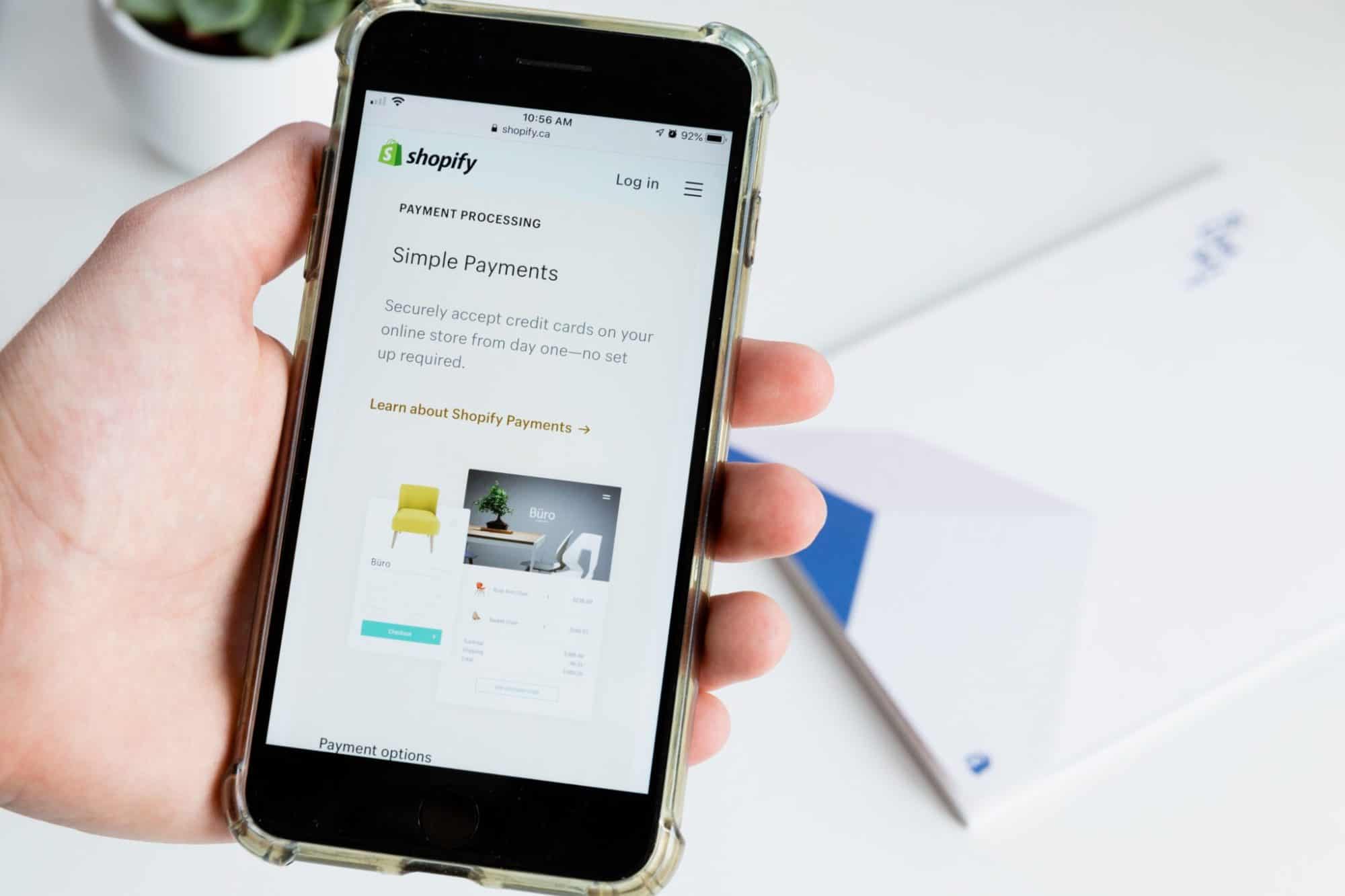This is a guest post from our friends at Expert Village Media.
Your customer’s relationship with your brand plays a huge role in how much they spend on your Shopify Store. This metric is usually measured with CLTV, customer lifetime value. But so much competition coming into the eCommerce space, how do you increase your customer lifetime value? In this article, we’re sharing 5 time-tested strategies that leading Shopify stores use to boost their customer lifetime value.
But first, let’s start by understanding what it is.
Article Contents
What is your Shopify store’s customer lifetime value?
Customer lifetime value is the total amount of money that a customer spends throughout their entire lifetime on your Shopify store. By focusing on this metric, you’ll be able to boost your customer retention rate, sell more to your existing customers, and in turn, increase your profits.
Here’s how you calculate your store’s customer lifetime value:
Now you may be wondering why to focus so much on increasing one customer’s lifetime value with your brand when you could reach out to so many others. Focusing on your customer lifetime value is like a long-term plan to success.
Shopify stores that have focused on this little metric have seen a positive impact on their yearly revenue over a period of time. This is because when your customer lifetime value is high, so are your repeat purchases. As we all know, repeat customers tend to buy more from a brand and have a higher average order value as compared to a new customer.
In this blog, we want to give you the best strategies you can set up to increase customer lifetime value on your Shopify store.
5 Strategies to Increase Customer Lifetime Value and Increase Shopify Sales
1. Loyalty Program
With many stores and products to choose from, customers have too many stores to pick from. This is even more alarming since 25 to 50% of a brand’s highest-spending customers also shop with their competitors. So, how can you ensure your customers keep coming back to you?
Merchants need to provide highly personalized and fulfilling experiences to win over shoppers’ attention. Tapping into gamification, you can set up loyalty programs to make shoppers want to stay on your Shopify store for longer.
With a loyalty program, your shoppers will be eager to earn rewards and spend them. You can set up customized reward tiers that cater to your store’s experiences.
And these programs aren’t just for your existing customers! A first-time purchaser who joins the loyalty program spends 40% more than a first-time purchaser who doesn’t.
Apps like Flits and LoyaltyLion allow you to create a rewards program that is customized to reflect your brand. You can set up specific rewards tiers and activities based on your preferences.
2. Upsell and Cross-sell
With up to 30% increase in revenue using upsells and cross-sells, these sales tactics are a must-have for every eCommerce business. Depending on where you place these product recommendations, they help you reduce drop-offs on your store, increase AOV, and bring in repeat purchases.
To start with, you can add personalized upsell offers with ‘Related Products’ recommendation widgets on the product page. Or, if you want to increase AOV, you can show the ‘Recently Viewed Products’ widget on your cart page. With so many ways to show upsell and cross-sell offers, you need to test different widgets and monitor their performance to find the ones that bring higher sales.
You can do this easily by using Shopify apps like WISER. The app lets you easily track an online shopper’s browsing behavior on your store, and dynamically display personalized product recommendations that help you upsell and cross-sell smartly.
For example, here’s how 123Presets displays ‘similar products’ (related products) on its product pages to upsell and cross-sell to visitors, based on what they have shown interest in.

Want to display upsell and cross-sell offers the way Amazon does? Read about how Amazon sets up personalized product recommendations to sell more.
3. Bundle offers with personalized recommendations
Product bundling is when you group several products and sell/offer it as a single unit for one price. For instance, you can add an offer like this: ‘Buy x product with y product and get it for $80(Save $40!)”. And who doesn’t love such offers?
It was even found that 35% of all Amazon purchases come from recommendations (and some of them include bundles). By creating and displaying bundles on your store, you have the opportunity to increase your average order value and sell more without having to attract newer customers.
With apps like WISER, you can set up ‘Frequently Bought Together’ recommendations on your product pages and cart pages along with an offer that easily converts the shopper. These recommendations can be build based on the products you want to bundle so that your bundle offers are relevant and worth the buy.
4. Personalized email campaigns
Sending emails that are relevant to your shopper is sure to see better results. To ensure your emails are personalized to your audience, you need to segment your email subscribers. By segmenting your email subscribers, you can target them based on their preferences, activity, and behavior and send emails that use these details to show products that the shopper wants.
Due to the level of personalization in segmented email campaigns, they see a 760% increase in revenue as compared to non-segmented campaigns.
Another way to personalize email campaigns is by adding AI-powered product recommendations to your emails that are generated based on the shopper’s interest. For instance, if you add the ‘Inspired by your Browsing History’ product recommendation widget within an order confirmation email, your shopper will see products they are likely to buy. This will give you an opportunity to bring them back to the store for another purchase.
If you use WISER to recommend products to your customers, you can integrate it with email marketing apps like Klaviyo easily. This way, you can personalize your email campaigns further with product suggestions that are tailored to their interest.
5. Provide positive customer support experiences
When shopping online, customers would surely have questions about the product, fit, shipping, and more. 41% of customers expect websites to provide live chat. What’s more, 38% of consumers are likely to shop from a business if they offer live chat help.
By setting up live chat on your Shopify store, you’ll see higher satisfaction rates from customers and in turn, more conversions. One business saw a 3.84% increase in conversion rates and a 6% overall lift in revenue by adding live chat on their website.
Live chat apps like Tidio are built to allow merchants to set up live chat support on their site. You can even set up automated chatbots so that the bot automatically responds to common questions that your shopper has.
Prioritize Customer Lifetime Value to Increase Conversions on Your Shopify Store
There are many other tactics you can set up to increase the customer lifetime value on your Shopify store. It’s crucial to continuously get feedback from customers and use this information to optimize your store’s design, customer flow, inventory, and marketing. But most importantly, how you communicate with your customers and your target audience.
With this, you’ll be able to retain more customers and ensure they keep coming back to you over other similar online stores.




